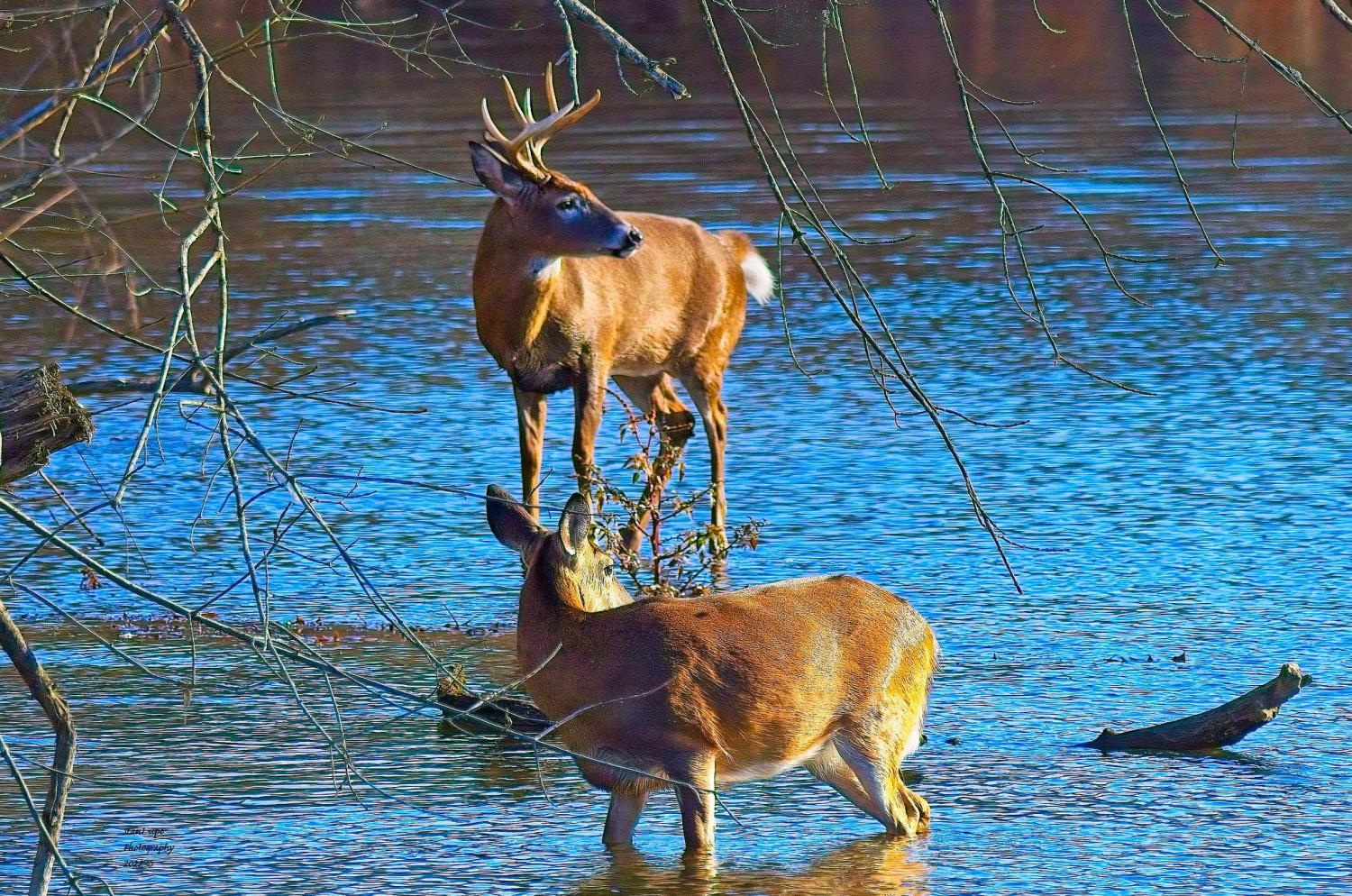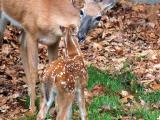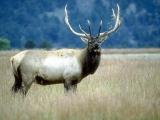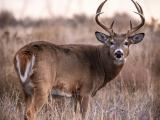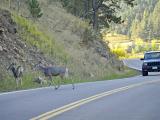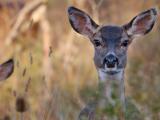A 6-year study that tracked nearly 600 white-tailed deer in southwestern Wisconsin suggests that seasonal space use and habitat selection could influence the risk of both direct and environmental chronic wasting disease (CWD) spread, which could have implications for North American deer management.
CWD is a fatal neurodegenerative disease of cervids such as deer, elk, and moose caused by infectious misfolded proteins called prions, which spread through direct contact or environmental contamination.
The University of Wisconsin-Madison–led study team, who published the findings today in Wildlife Monographs, monitored seasonal deer activity patterns, home ranges, habitat choices, and deer-to-deer encounters for 596 deer in a CWD-endemic area (parts of Iowa, Grant, and Dane counties) from 2017 to 2022.
"Between-group interactions may be more likely at rare, attractive, or otherwise coveted resources, such as highly valuable food sources or social communication hubs like communal scrapes," the study authors wrote. "If such resources are amenable to modifications, they could be targeted to improve the effectiveness or efficiency of CWD management efforts."
Cory Anderson, PhD, MPH, a researcher and CWD program co-director at the University of Minnesota's Center for Infectious Disease Research and Policy (CIDRAP), publisher of CIDRAP News, said, "There's a lot we don't fully understand about CWD, particularly when it comes to the nuances of when, where, and how it spreads among cervids," he said.
"Studies like this are valuable not only for filling important knowledge gaps but also for providing practical information that can be used to inform wildlife management strategies," he added.
Seasonal variations
From December to March from 2017 to 2020, the researchers fitted male and female deer at least 8 months old with global positioning system (GPS) collars, which recorded their locations every 4 hours, more or less, depending on the season.
Seasons were defined as fawning (May and June), post-fawning (July to October), breeding (October to December), and non-breeding (December through April).
